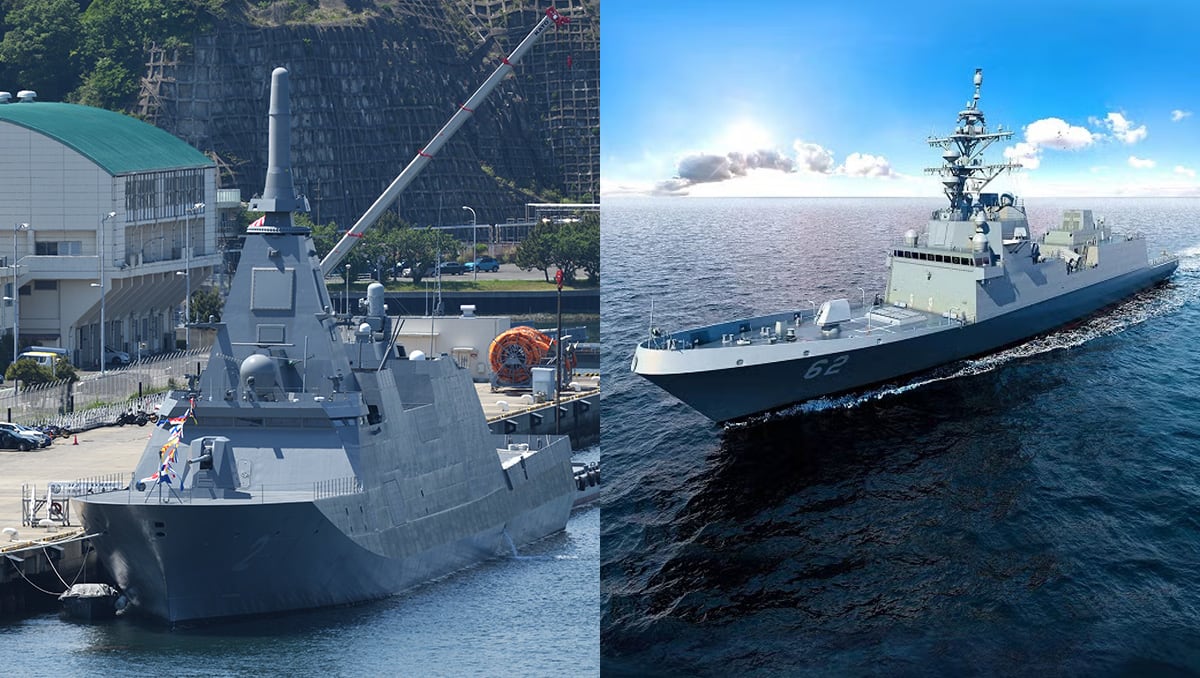It’s a good question re crewing
How do you grow personal numbers.
Is it better to have too many or too few ships.
Do additional patrol boats and OPVs provide sea days and experience to help generate crew for the larger fleet?
Cheers S
The Navy has a good training system. From having worked in both the civilian world and the military world, the military training investment is an order of magnitude more. It is one area they are very strong on and better than most.
Provided that numbers can be recruited through the front door, and these people can be retained (which defence seems to be turning the corner on) then the training system will deliver for new ship classes.
One item to be aware of is that once a person moves to a ship, the training becomes progressively more platform specific. For instance a marine technician obtains a number of watchkeeping certificates that require that person to understand the equipment down to the piping layout level (I crawled through bilges tracing pipelines when I started). Training then includes detailed specialised shore based courses on the propulsion control system and engine types (MTU and LM2500s for me).
While people can and do move between different platforms, the training does not align and there becomes a requirement to requalify. For instance I first learnt on Manoora an LPA, and then went to the ANZACs, where I spent my first few months back in the bilges tracing pipes.
The end point of that is to say that more patrol poats, OPVs or even corvettes does not directly improve the training ability for ANZACs, Mogamis, Hobarts and Hunters.
Ships can train a lot of people. On an ANZAC for instance we had three marine watchkeeping positions over four shifts, and if needed could have that number again in training. Every year we pumped out a significant portion of our crew size in new qualifications.
So, if you have platforms at sea, even a small number, and the recruitment/retention program is delivering, then you can quickly become sustainable in sea training. Australia could comfortably prepare an initial commissioning crew within a couple of years with some training positions within the Japanese fleet, and could then prepare subsequent crews from that first platform for the rest of the class within reasonable time. After about three hulls the training is at its optimum, and more hulls just makes it more efficient.
The single biggest thing we could do for training is minimise the number of platform types. Orphan ships are difficult to sustain. HMAS Success always suffered this problem.
The Navy also has a group called Sea Training Group. This team is made up of very experienced people who assist ships in advanced training, particularly damage control and war fighting. I used to think they were the most evil people in the world, and most crews get anxiety when they know they are coming aboard. That said, I have never experienced a better training program than what they provide (I have also never been so exhausted).
The Navy also seems to be making more use of shore simulators, and I think this technology has come a long way. I am impressed for instance in the Arafura class training school that has been established in FBW, which I understand has the core equipment available to learn on, including control systems. One would hope that something similar is made for the Mogamis and Hunters.
Given the new Rolls Royce MT30 turbines that are coming in, I hope the Navy invests in new training equipment for the Sydney gas turbine school to go along with its LM2500s.





